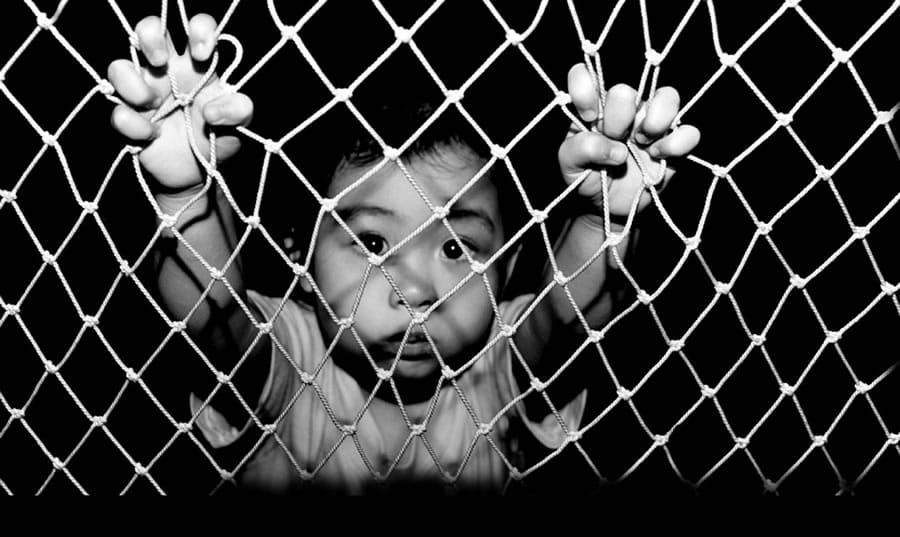
The essence of human trafficking Essay
Human trafficking is a modern form of slavery, which is accompanied by severe human rights violations. The spreading of human trafficking is associated with the limited access of population to productive employment, education, social protection and other resources, as well as with the growth of poverty and segregation in the labor market. One type of human trafficking is the exploitation of women and children (mostly) and their involvement in prostitution. Experts state that the main reasons pushing women into situations of trafficking are poverty and gender discrimination – the factors affecting education, employment and gaining confidence in the future. This paper discusses the essence of human trafficking and its main forms as well as the reasons for its development, its specificities and ways to stop it.
Human trafficking in terms of international law means the act of recruitment, transportation, transfer, harboring or receipt of persons for exploitation purposes by threat or use of force or other forms of coercion, abduction, fraud, deception, abuse of authority or position of vulnerability or the giving of payments or benefits to achieve the consent of a person having control over another person. Exploitation includes, at least, the exploitation of prostitution of others or other forms of sexual exploitation, forced labor or services, slavery or practices similar to slavery, servitude or the removal of organs (Aronowitz, 2009; Winterdyk & Reichel, 2010).
That is human trafficking means the situation when a living person is treated as a thing (a commodity) that can be sold, bought, exchanged, donated, pledged, leased, etc. Regardless of who, where and for what purpose commits the act, treating a person as an object of transaction is a criminal offense in all countries. Aggravating circumstances include the commission of the act for the removal of organs or tissues, the use of violence or threat of violence, removing, concealing or destroying documents identifying the victim, use of forged documents, moving across the border, forcible confinement abroad, use of official position of the perpetrator or the victim’s vulnerable state.
This and other definitions of human trafficking include a number of things that are sometimes understood differently.
Although the problem of human trafficking is closely connected with the problems of illegal migration and smuggling of people across borders, these concepts must be distinguished from each other. In fact, human trafficking can use absolutely legal channels for migration (both in terms of entry and stay in the destination country), moreover, often it is the legal channels and tools that are used by criminal groups. These tools include, for example, visa schemes used by some countries. Interested in the inflow of women migrants in the entertainment industry in the early 80s, the Japanese Embassy in the Philippines introduced the so-called “entertainment employee visa”; later this practice was extended to other countries. This actually provided a legitimate basis for sex-migration. Today, these visas are issued for work in Japan and Switzerland. Another legal visa tool used by organizers of the trafficking to ensure the legitimate foundation of their business is the “bride’s visa” that exists in many countries (Aronowitz, 2001). Conclusion of mixed marriages through the “mail-order brides” system is one of the channels of trafficking in women. In many cases the bride is chosen for specific economic functions, and is coerced, for example, to work on the farm or care of groom’s old parents, lonely or disabled people. Fake marriage may also be a way to recruit women to work illegally in the sex industry (Aronowitz, 2001; Jones, 2011; Kara, 2010).
A narrower interpretation of human trafficking, especially by women’s rights organizations, often equates it to forced prostitution. In the international documents the sphere of human trafficking is defined more widely than the sex exploitation, as the exploitation of almost any labor with human rights violations. Further, we aim at specifying these notions, as well as covering the essence of human trafficking through showing its scales, territory of spreading, risk groups and social preconditions.

